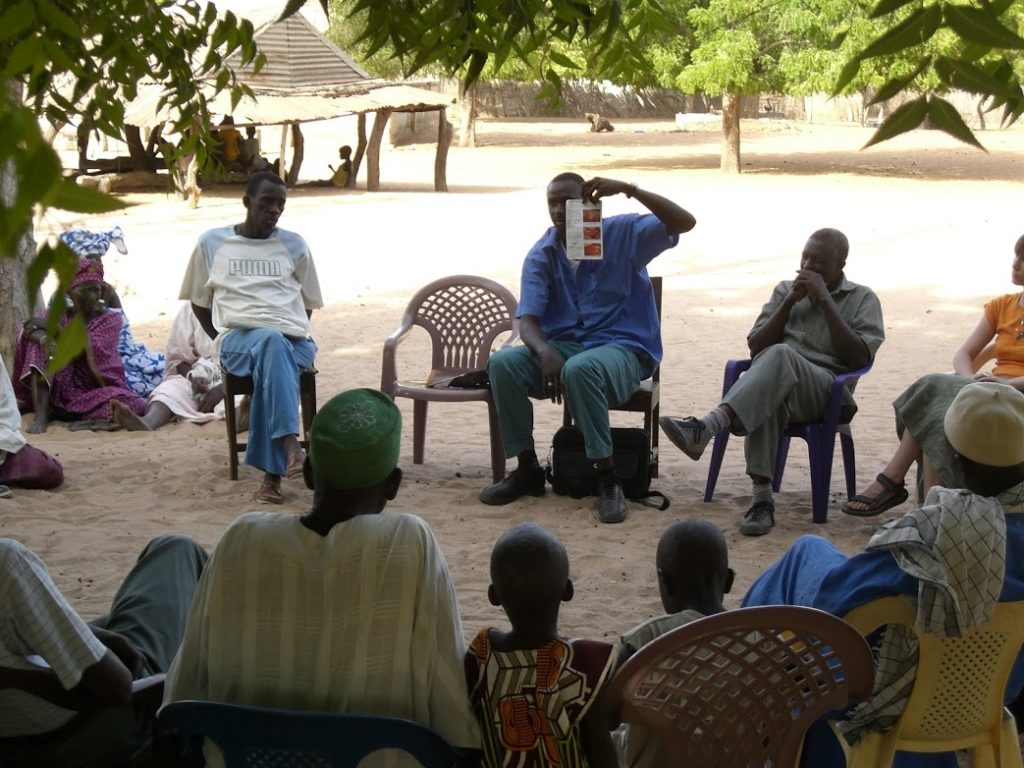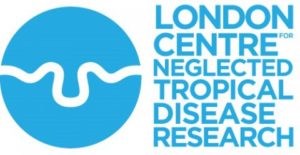
This blog post is part of a series featuring new articles published in the LCNTDR Collection: Advances in scientific research for NTD control, led by the London Centre for Neglected Tropical Disease Research (LCNTDR). Stay tuned for updates on Twitter @bugbittentweets and @NTDResearch. You can find other posts in the series here.
Trachoma and the SAFE strategy
Trachoma, the world’s leading infectious cause of blindness, affects 136.9 million people globally and is responsible for the vision impairment or blindness of 1.9 million people. It is caused by ocular infection with the bacterium Chlamydia trachomatis. Transmission is thought to occur directly from contact with hands and faces, or indirectly via clothing and potentially through the putative vector, the eye-seeking fly Musca sorbens. Access to clean water, sanitation and hygiene (WASH) is considered key to limiting transmission of ocular C. trachomatis infection.
The World Health Organization (WHO)-endorsed strategy for trachoma elimination as a public health problem is known by the acronym “SAFE”, where “S” stands for surgery for trichiasis (inturned eyelashes from the upper eyelid), “A” stands for antibiotics, “F” stands for facial cleanliness and “E” stands for environmental improvements, such as increased access to clean water and sanitation. Surgery and antibiotics are important treatments. Facial cleanliness and environmental improvements are essential to reducing the transmission of ocular C. trachomatis infection.
Measuring facial cleanliness
Having an unclean face is commonly associated with having active trachoma. The presence of active trachoma is measured directly in trachoma population-based prevalence surveys to determine whether, and for how long, “AFE” interventions are needed for.
The primary purpose of measuring facial cleanliness would therefore be to determine the success of face washing campaigns. However, the accuracy and reliability of indicators to assess facial cleanliness is questionable and their relationship to face washing practices is poorly described.
To determine the reliability of commonly used indicators of facial cleanliness (dirt on the face, nasal discharge, ocular discharge, and flies on the face), London School of Hygiene & Tropical Medicine, the Institut de Recherche pour le Développement (IRD) researchers and the Senegalese Programme National de Lutte Contre la Cécité, conducted a study, embedded within another study aimed at evaluating a prototype ocular C. trachomatis infection point-of-care test.
An examination team was located in a central point in a village in Bambey District, Senegal, where it examined all children aged 0–9 years, after guardians provided informed consent. A single grader examined each participant using a 2.5× magnifying loupe and torchlight, recording whether there was dirt on the face, ocular discharge, nasal discharge, or flies on the face.
They then examined each participant’s eyes for clinical signs of trachoma, according to the WHO simplified grading system. The heads of all village compounds were asked questions about WASH access and use through a risk factor questionnaire.

Results of the study show that participants had high levels of WASH access and use. Face washing on awakening was reported for all but three children, however, over three-quarters of children had at least one dirty face indicator (an “unclean face”) at the first examination timeslot. A large proportion of children continued to have indicators of an unclean face throughout the day, with the proportion of children examined with specific unclean face indicators varying by time of day.
Children in compounds that used an outside tap as their primary water source, and had an increased time for collecting water, were more likely to have an unclean face, as were children who were young, were male and had active trachoma. Children with ocular C. trachomatis infection were more likely to have ocular discharge.
Given that WASH access and use was reported to be high, the proportion of children with an unclean face indicator should have been low at the beginning of the day. This was not observed and can be explained either by: the facial indicators not being reliable measures of face washing; eye discharge, nose discharge or dirt rapidly re-accumulating after face washing in children in this population at the time of fieldwork; and/or responder bias to the risk factor questionnaire.
Facial cleanliness and trachoma elimination
In order to achieve global elimination of trachoma as a public health problem, as targeted in the WHO road map for neglected tropical diseases 2021-2030 and the Sustainable Development Goals, reliable, standardised, practical measures of face washing are needed.
One key, albeit ambitious, target for further research is to determine a universally agreed upon measure of clean faces, which includes indicators that have high intra- and inter-grader reliability and consistency, that can be employed in a methodology without being confounded by place of assessment, time of day, environmental conditions, or cultural practices. This would enable national programmes to standardise training and data collection, enabling within- and between-country comparisons of face washing campaign effectiveness.
Facial cleanliness is a key component of the trachoma elimination strategy, and WASH is recognised as critical for NTD control and prevention. However, as the Neglected Tropical Disease/WHO toolkit WASH and health working together: A ‘how-to’ guide for NTD programmes notes, the clean face indicator is: “…investigational, requiring further research to confirm its programmatic relevance, repeatability, utility and/or safety.”
This research contributes to this need for further research and demonstrates that using these indicators within a prevalence survey context does not provide a reliable marker of face washing practices.
 The study featured in this blog post has been just published in the LCNTDR Collection: Advances in scientific research for NTD control, led by the London Centre for Neglected Tropical Disease Research (LCNTDR). The collection has been publishing in Parasites & Vectors since 2016, and releasing new articles periodically. This series features recent advances in scientific research for NTDs executed by LCNTDR member institutions and their collaborators. It aims to highlight the wide range of work being undertaken by the LCNTDR towards achieving the United Nations Sustainable Development Goals as well as supporting the objectives of the World Health Organization road map for neglected tropical disease 2021-2030.
The study featured in this blog post has been just published in the LCNTDR Collection: Advances in scientific research for NTD control, led by the London Centre for Neglected Tropical Disease Research (LCNTDR). The collection has been publishing in Parasites & Vectors since 2016, and releasing new articles periodically. This series features recent advances in scientific research for NTDs executed by LCNTDR member institutions and their collaborators. It aims to highlight the wide range of work being undertaken by the LCNTDR towards achieving the United Nations Sustainable Development Goals as well as supporting the objectives of the World Health Organization road map for neglected tropical disease 2021-2030.
The LCNTDR was launched in 2013 with the aim of providing focused operational and research support for NTDs. LCNTDR, a joint initiative of the Natural History Museum, the London School of Hygiene & Tropical Medicine, the Royal Veterinary College, the Partnership for Child Development, the SCI Foundation (formerly known as the Schistosomiasis Control Initiative) and Imperial College London, undertakes interdisciplinary research to build the evidence base around the design, implementation, monitoring and evaluation of NTD programmes.
You can find other posts in the series here.

Comments